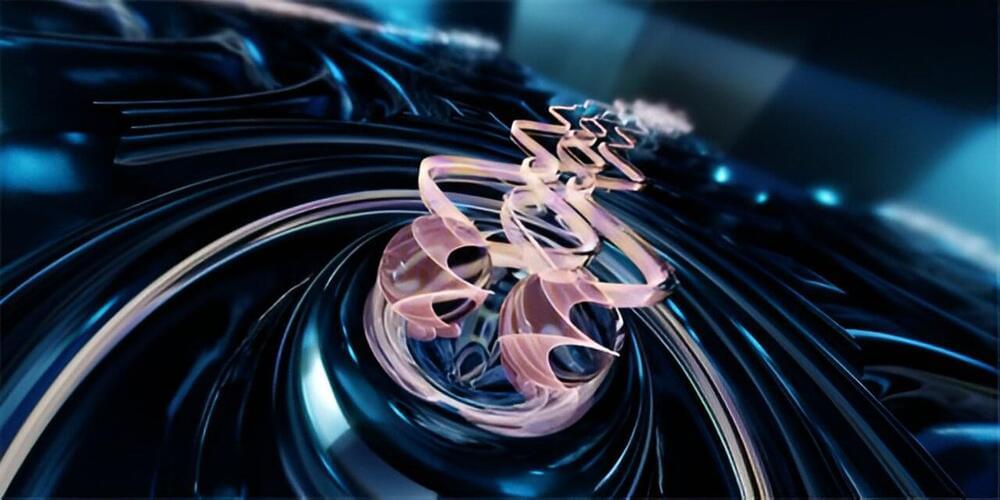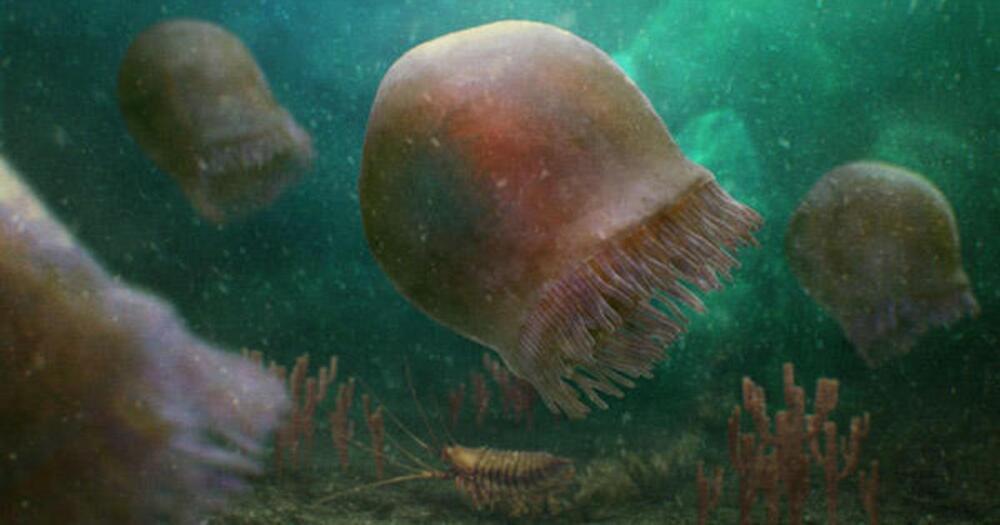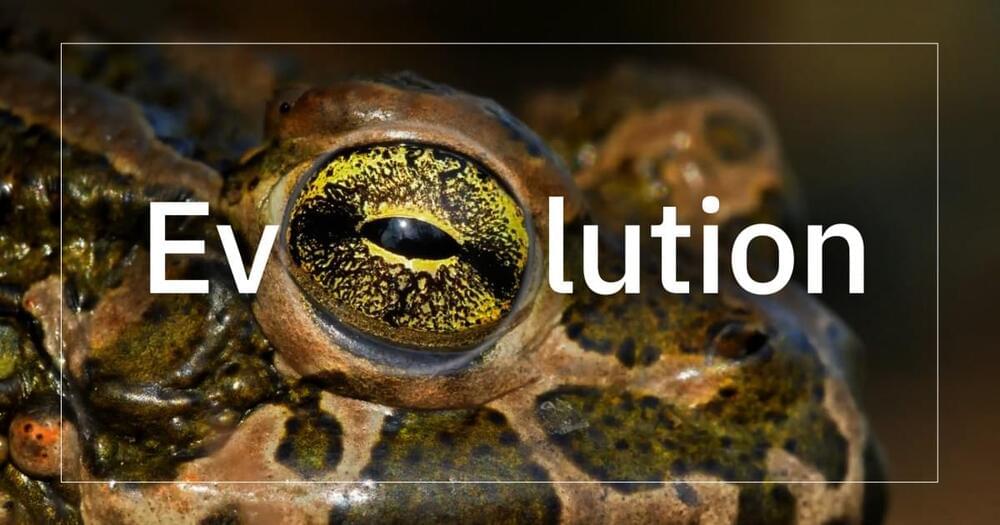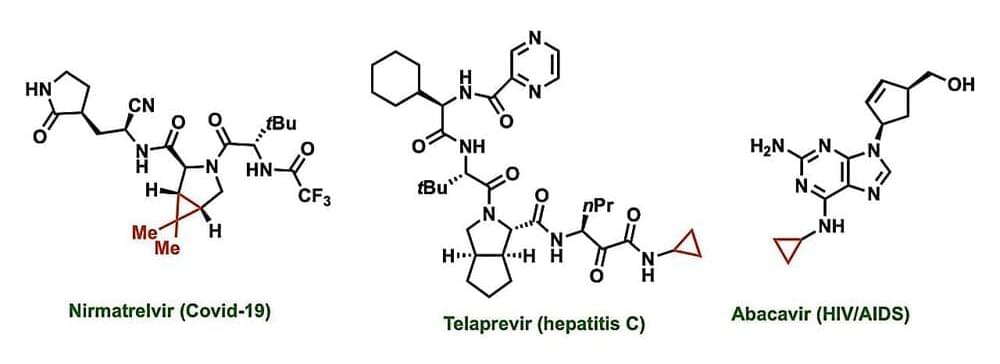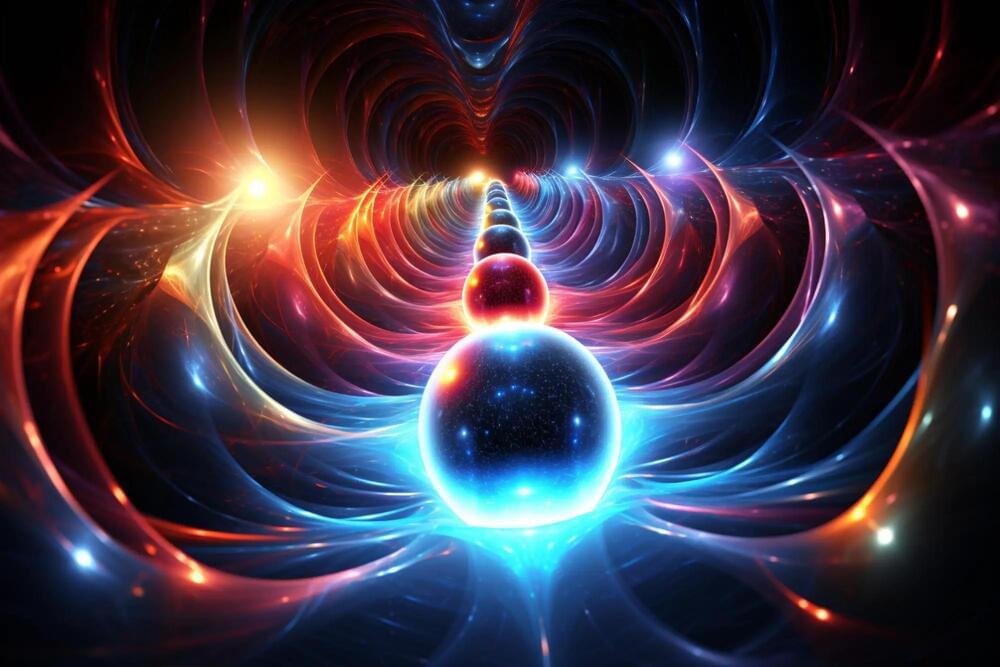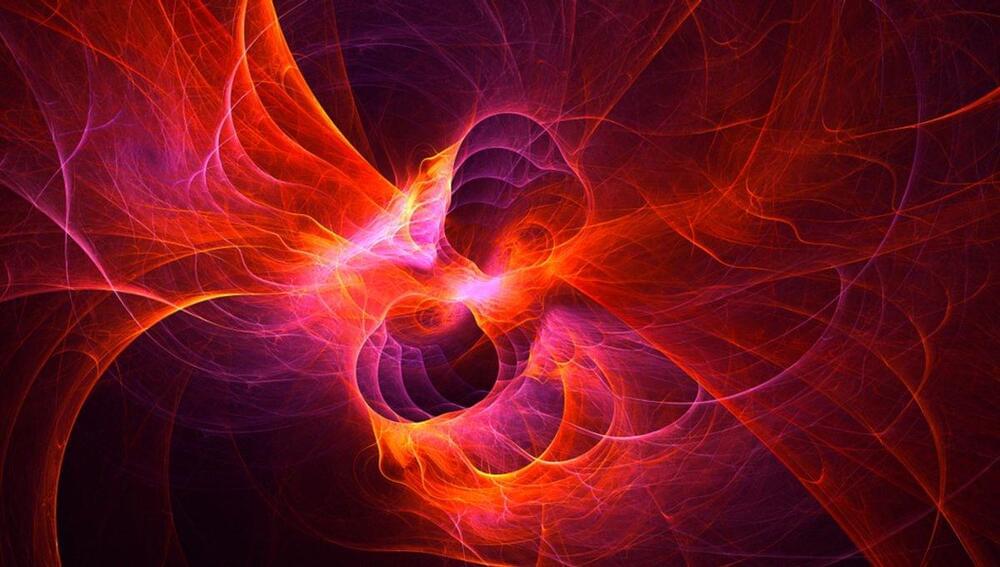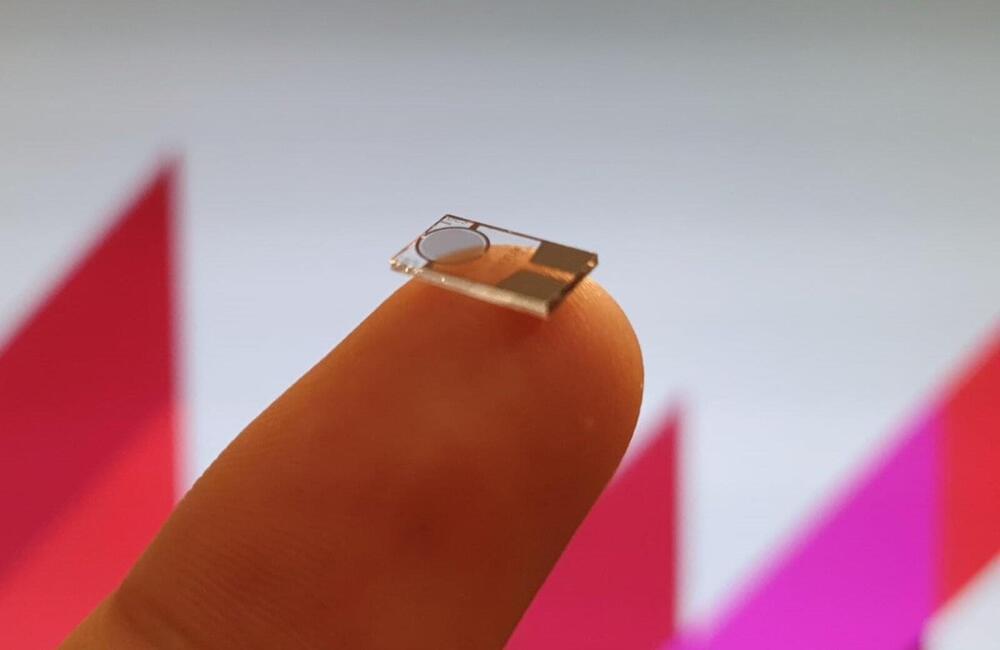This post is also available in:  עברית (Hebrew)
עברית (Hebrew)
A hacktivist group called “Mysterious Team Bangladesh” attacked over 750 times this year using the DDoS (Distributed Denial of Service) method and defaced over 70 websites. According to research performed by cyber security firm Group-IB, they seem to be driven by political and religious reasons.
“Mysterious Team Bangladesh” was founded in 2020 by a threat actor nicknamed “D4RK TSN” and is it unclear whether it originates from Bangladesh. Their activity peaked in May of 2023 after announcing a large-scale campaign against India.

